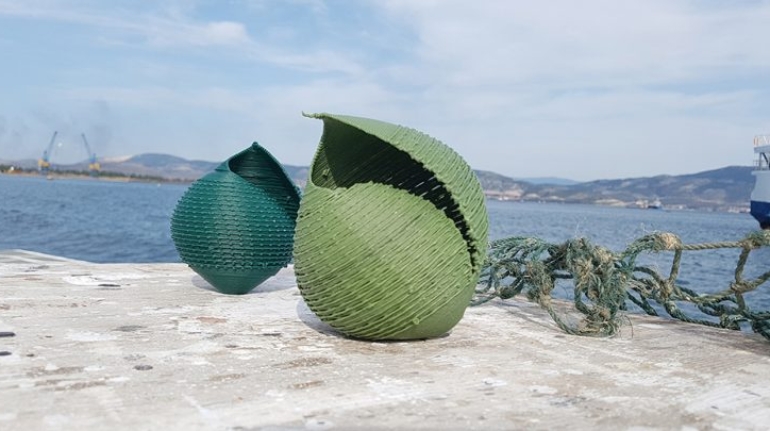Oliver Cabell launches $95 sneakers 3D printed from recycled water bottles Consumer Products
Independent footwear brand Oliver Cabell has entered the blossoming market of 3D printed shoes with the release of its new “Phoenix” sneaker. Priced at $95, the simple but stylish shoe is 3D printed from recycled water bottles and can be machine washed.










